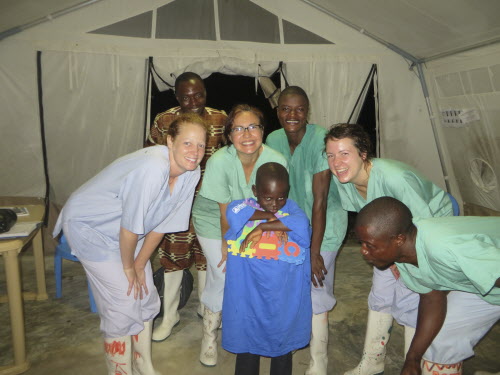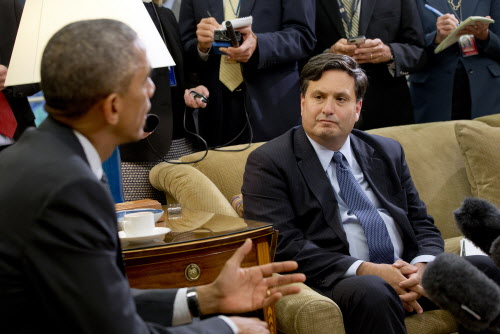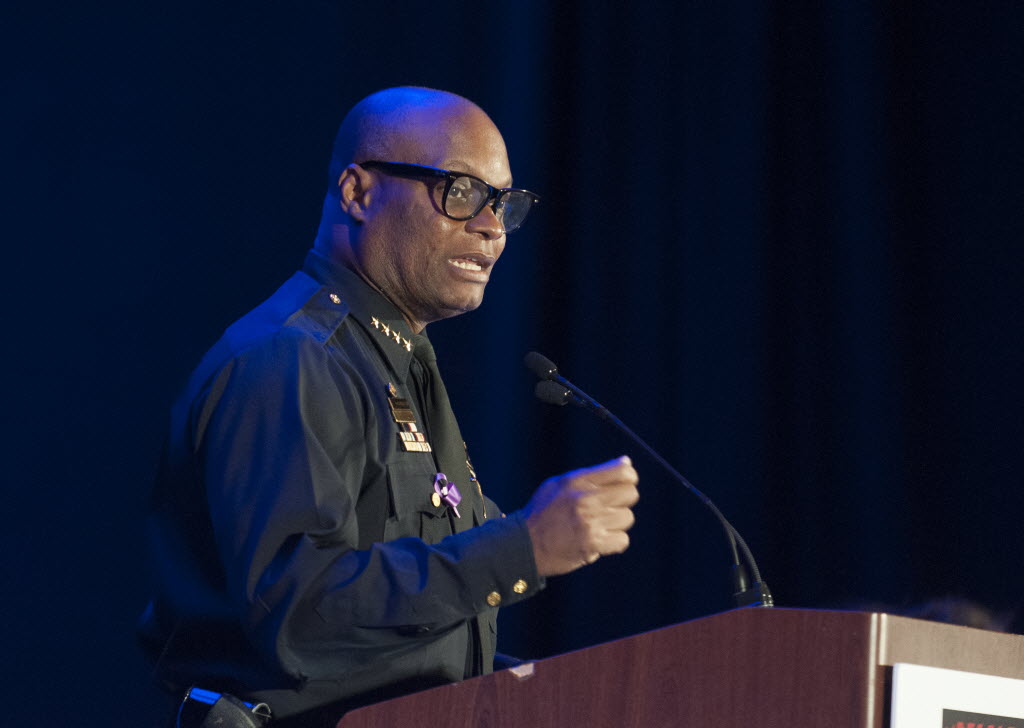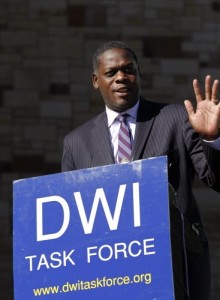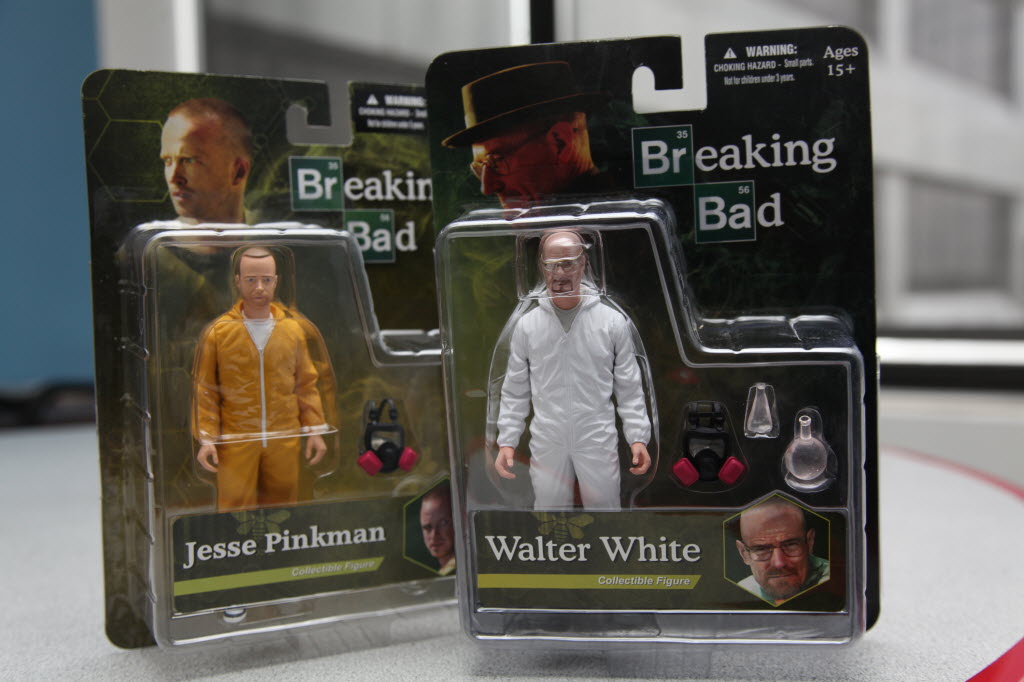One of the things I do for this newspaper is compile the weekly column of snappy or evocative quotes. It’s called “Talking Points,” and it appears on the front of the Sunday Points section.
My ideal “Talking Points” compilation consists of one item from each of these categories, definitely not in this order of priority:
Sex
God
Sports
Business
“How we live”
Hollywood/entertainment
Politics
Big breaking news stories (war, Ebola, domestic strife, etc.)
Generally, I think, these things make a link with readers. Problem is, the sex category doesn’t always produce something printable. My standard is that it’s got to be tame enough so grandma will not want to cancel her subscription.
I think grandma’s OK with some titilation, and bona fide news often presents that opportunity. Here are recent quotes that made the cut:
From Oct. 12:
What do I sentence a guy who has sex in a squad car to?” – Oconto County, Wis., Circuit Court Judge Jay Conley, at a hearing for a man who had a tryst in the back of a police car with a woman after a drunk-driving arrest; he got 90 days for the DWI, nine days for sex episode (USA Today, Tuesday)
From Oct. 5:
“Negotiating Successful Threesomes” – Title of a free seminar during the University of New Mexico’s first-ever “Sex Week” activities, held to teach students safer and better sex (KOB-TV, Monday)
From Sept. 14:
“The reliance on air power has all of the attraction of casual sex: It seems to offer gratification but with very little commitment.” – Retired Air Force Gen. Michael Hayden, former chief of the CIA and National Security Agency, on Obama’s military strategy (U.S News and World Report, Thursday)
From Aug. 31:
“Who’s got a pelvis?” — Cleveland Browns rookie quarterback Johnny Manziel, dressed as a workout instructor in a Snickers ad, to a room of gyrating women (Dawg Pound Daily, Thursday)
From Aug: 24:
“Plaintiff … was shocked, horrified and outraged to observe this intrusion into her privacy for all to see.” – From a lawsuit filed by “Dating Naked” TV show contestant Jessie Nizewitz, claiming producers failed to fully blur every body part as she cavorted unclothed (Entertainment Weekly, Thursday)
From Aug. 17:
“I’ve got my hands on their butts probably more than their wives, so, you know, it’s a pretty unique trust and relationship you have.” – New England Patriots quarterback Tom Brady, on working with the team’s centers (CBS Boston, Thursday)
Some weeks the well is dry. Those weeks I turn to Google and hit the words sex and research. That, I tell myself, gives me cover. It raises my standards a hair above the clickbait that oozes across most web pages I’ll see in a day. It keeps me from websites where my boss wouldn’t want me lingering.
It also keeps me up on the latest important discoveries on the sex frontier (or at least the ones that busy journalists and web mongrels understand well enough to write). I don’t always excerpt those, because they’re often devoid of snappy quotes.
Example from today that I pass along as a reader service (not that you’re the least bit interested):
Rubber ducks can kill your sex drive
There was no good quote in that one. Darn.
Luckily, I had seen a story a few days earlier about cyborgs — those people who are implanting technology into their bodies and brains. It’s out-there stuff that deals with developing super-human abilities.
One inventor foresees mass global Internet orgies through implantation of spinal devices.
I wouldn’t bet against it. Think of the profits possible selling cyber-sex.
And so I used his quote for this Sunday’s Talking Points. Go through the story (if you already haven’t). The quote is a natural. It takes awhile to find, but it’s a window into where technology is leading us.
It’s a good thing for my wretched soul that I found a good quote from Pope Francis to balance all that out.
Bless me, Father, for I was only doing my job …


